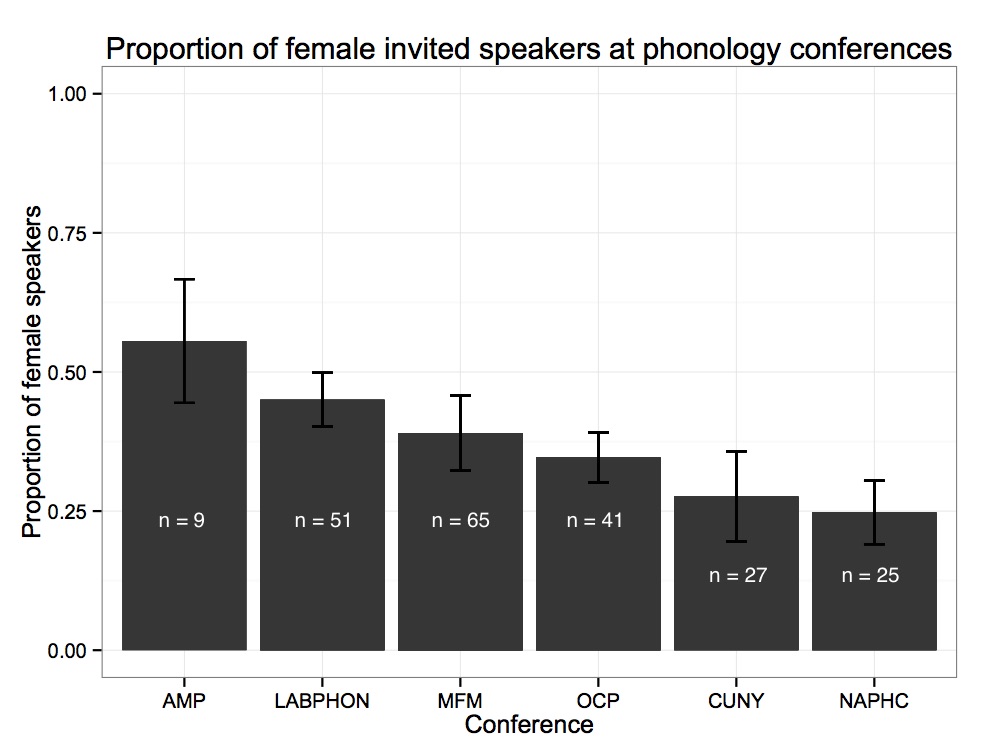Studies in Phonetics and Phonology
A Book Series, Edited by
Professor Martin J. Ball (Linköping University, Sweden)
Professor Pascal van Lieshout (University of Toronto, Canada)
The aim of this series is to provide both accessible and relevant texts to students of linguistics, phonetics and speech sciences, and to publish more advanced texts and edited collections. The textbooks aim to cover a wide variety of topics relevant for such an audience, and to introduce these topics in a practical way to enable students to undertake a range of analysis procedures. The more advanced books will present state-of-the-art research in the topic concerned.
While we intend to cover a wide range of topics in phonetics and phonology, there will be an emphasis on phonetic studies of under-reported languages, or the bringing of new data to explore phonetic characteristics on the one hand, and on phonological studies that employ more psycholinguistic, cognitive, and functional approaches on the other (and, of course, on the interaction between phonetics and phonology). The recent increase in interest in laboratory phonology we see as particularly to be welcomed. Each volume will be authored by leading authorities in the field, who have a grasp of both the theoretical issues and the practical requirements of the area and, further, are at the forefront of current research and practice.
This series, then, will act as a bridge between scientific developments in the study of speech, and the application of these to data analysis. It is hoped that the texts will stimulate the reader’s interest in the topic to promote well-informed and competent students, researchers and instructors.
For details on how to draw up proposals, please contact the Editors.
Editorial Board members
Laurie Bauer, Victoria University of Wellington, New Zealand
Dani Byrd, University of Southern California, USA
Fred Cummins, University College Dublin, Ireland
Jacques Durand, Université de Toulouse-Le Mirail, France
Diamandis Gafos, Potsdam University, Germany & Haskins Laboratories, USA
Louis Goldstein, Haskins Laboratories, & University of Southern California, USA
Jennifer Hay, University of Canterbury, New Zealand
Marianne Pouplier, University of Munich, Germany
Daniel Recasens, Universitat Autònoma de Barcelona, Spain
Niels Schiller, Leiden University, The Netherlands
Harry van der Hulst, University of Connecticut, USA

